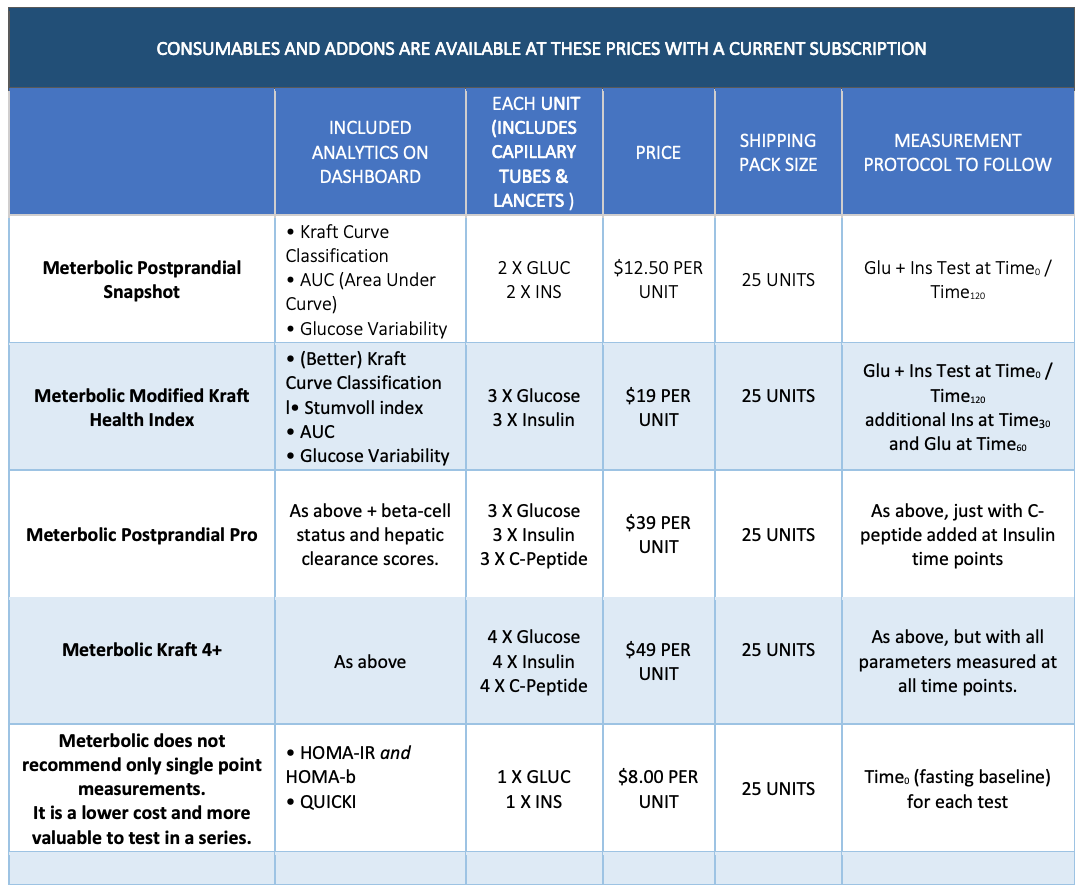The importance of measuring insulin resistance
Metabolic health, or as often called, metabolic flexibility, is commonly characterized by measuring insulin resistance (IR). The basic definition of IR is the alteration of observed nutrient clearance speed from the blood. I say observed, because any snapshot level is the result of processes that remove, but also of those that add nutrients to the blood. Due to the highly dynamic nature of nutrient levels, any single measurement provides limited information. Often, determining the concentrations of two or more molecules that are in a close relationship, but delayed in time, can provide additional input to confer the underlying dynamics. Moreover, deterioration of fasting and postprandial (= after meal) levels of nutrients and hormones can be largely disconnected.
In line with this, different fasting metrics have been developed over the decades, the rule of thumb being that beyond the basic marker of glucose metabolism –glucose itself– inclusion of the regulating hormones, especially insulin, and a marker of lipid metabolism, either triglycerides (TG) or free fatty acids (FFA), provides the best correlation to dynamic postprandial profiling done in a research laboratory (the gold standard being the HEC: hyperinsulinemic-euglycemic clamp). However, these more complex fasting metrics add significant cost, while still leave out up to 50 % (!) of people, who are diagnosed by the HEC as IR, usually as false negatives, sometimes as false positives. Therefore, the ideal measurement is both postprandial and includes insulin (and lipids). This has been traditionally difficult to achieve en-mass not only at the point-of-care (PoC, but even at bigger university hospitals. I hope dear reader that it’s not surprising by now that the main goal of the Meterbolic project is to make these measurements accessible and feasible not only at PoC, but also at home settings.
Consequently, our recommended measurements were developed following the above logic, and can be found in the table below. We will release consecutive blog posts discussing the most important ones, and the ones that are unique or are seemingly unusual, adding supporting scientific evidence for each.

